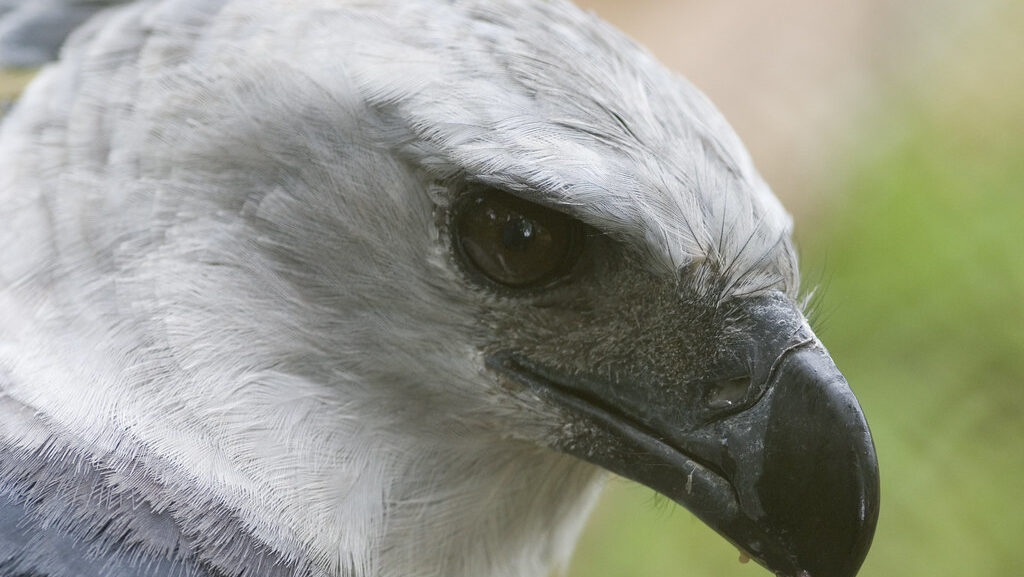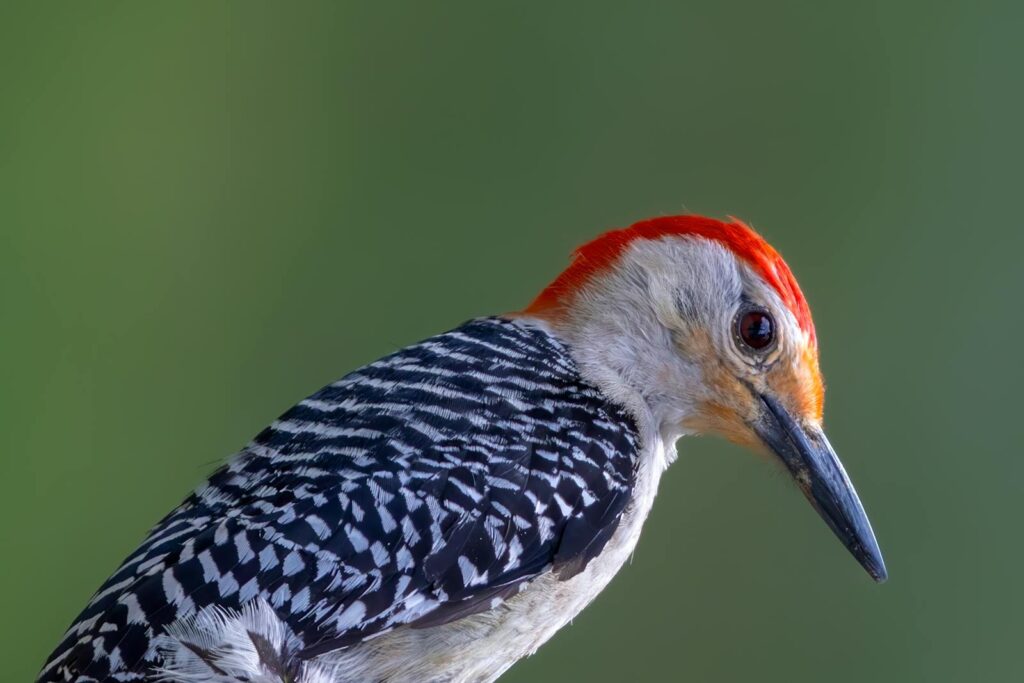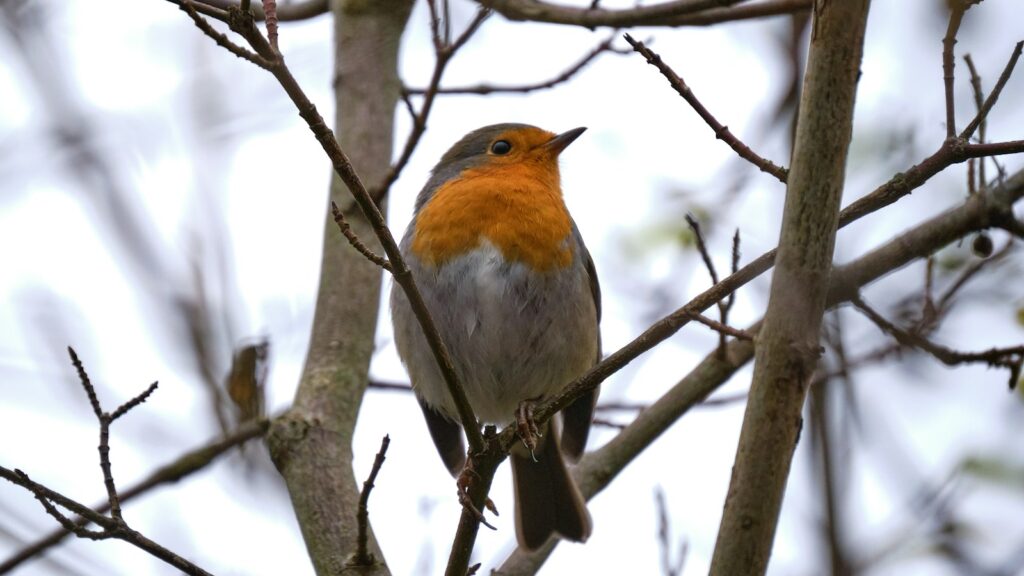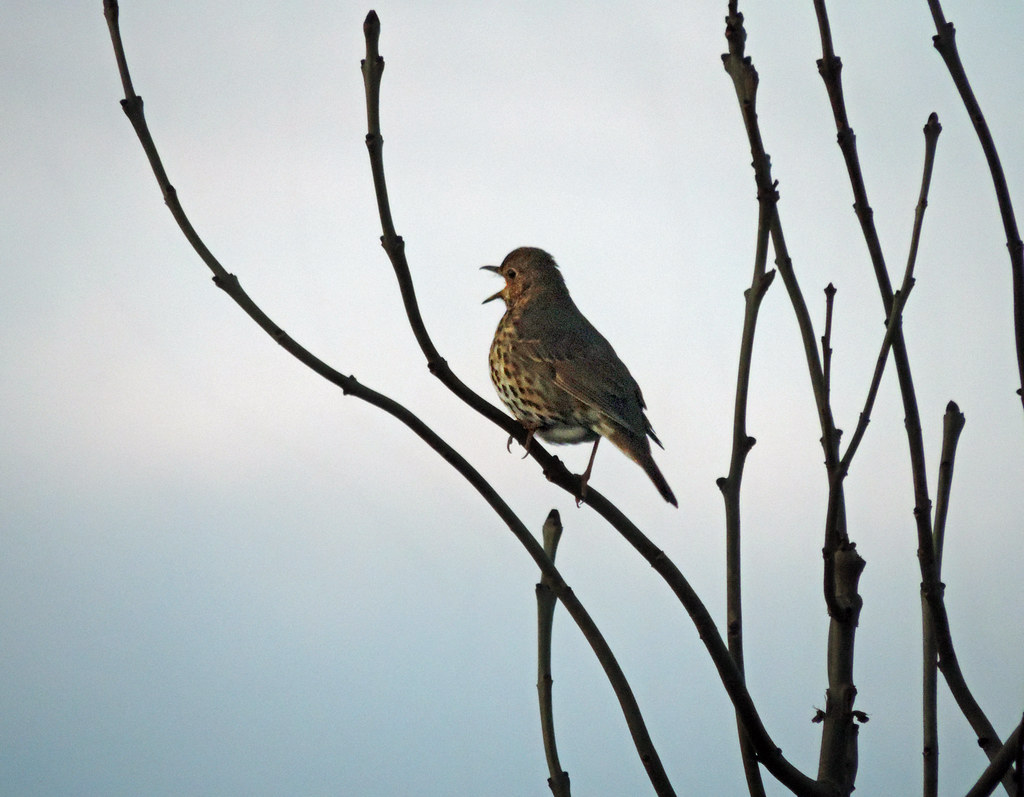For centuries, humans have marveled at the extraordinary navigational abilities of migratory birds, capable of journeying thousands of miles with astonishing precision. Birds somehow find their way across vast continents and featureless oceans, even as first-time juvenile travelers without experienced guides. While scientists long suspected birds might sense Earth’s magnetic field, the mechanisms behind this remarkable ability remained elusive until recent decades. Today, researchers are uncovering the intricate biological systems that allow birds to essentially “see” magnetic fields—a capability humans can barely comprehend. This fascinating intersection of physics, neuroscience, and evolutionary biology represents one of nature’s most sophisticated sensory systems.
The Mysterious Sixth Sense of Birds

Birds possess a remarkable sensory capability that humans lack—magnetoreception, or the ability to detect Earth’s magnetic field. This sense allows them to perceive directional information similar to how we use a compass, but it’s integrated directly into their nervous system. Unlike our five basic senses, magnetoreception remained largely theoretical until the 1960s when scientists first demonstrated that birds adjust their orientation when exposed to artificial magnetic fields. What makes this sense particularly fascinating is that birds don’t just detect the presence of magnetic fields; they appear to extract multiple information types from them, including directional data, positional information, and possibly even magnetic field intensity. This invisible force field that envelops our planet serves as a multidimensional map that birds can naturally interpret.
Cryptochromes: The Light-Dependent Magnetic Sensors

One of the most compelling models for avian magnetoreception involves special proteins called cryptochromes, located primarily in birds’ eyes. These remarkable molecules undergo chemical changes when exposed to blue light, creating pairs of molecules with unpaired electrons known as “radical pairs.” The orientation of these radical pairs relative to Earth’s magnetic field affects their chemical reactions, essentially converting magnetic information into biochemical signals that birds can process. This cryptochrome-based system is believed to give birds a visual perception of magnetic fields, potentially appearing as patterns of light or color superimposed on their regular vision. Scientists have identified a specific cryptochrome protein—Cry4—that remains active throughout the day in migratory birds, unlike other cryptochromes that fluctuate with circadian rhythms, suggesting its specialized role in navigation.
Magnetite: The Compass in Birds’ Beaks

A second mechanism involves tiny crystals of magnetite (Fe₃O₄), a naturally magnetic iron oxide, found in the upper beaks of many bird species. These microscopic particles function somewhat like miniature compass needles, physically rotating in response to magnetic fields and triggering nerve signals. The trigeminal nerve transmits this information to the brain, creating a separate magnetic sensing pathway distinct from the cryptochrome system. Research has identified specialized cells containing clusters of magnetite particles arranged in precise structures that maximize sensitivity to Earth’s relatively weak magnetic field. This magnetite-based system appears particularly important for detecting magnetic field intensity and inclination, potentially helping birds determine their latitude based on how magnetic field lines angle toward Earth’s surface.
The Brain Behind the Magnetic Sense

The avian brain contains specialized regions dedicated to processing magnetic information, demonstrating how fundamental this sense is to birds’ neural architecture. When birds detect magnetic stimuli, researchers have observed activation in brain areas including Cluster N, a region of the forebrain that receives visual input, supporting the cryptochrome-based visual model of magnetoreception. Additionally, the trigeminal nerve connects magnetite receptors to the principal sensory trigeminal nucleus and the posterior vestibular nucleus, brain regions associated with spatial orientation. What’s particularly remarkable is that birds appear to integrate magnetic information with other sensory inputs—including vision, smell, and hearing—to create a comprehensive navigational map that exceeds the capabilities of any human-made GPS system. This neural integration allows birds to adapt their navigation when certain sensory inputs are compromised, such as flying under overcast conditions.
Evidence from Behavioral Studies

Behavioral experiments have provided some of the most convincing evidence for birds’ magnetic sensing abilities. Classic studies involving Emlen funnels—circular cages with ink-coated sides that record the directional preferences of migratory birds—show that birds consistently orient in their expected migratory direction until researchers manipulate the magnetic field. When scientists reverse the magnetic field using Helmholtz coils, the birds correspondingly reverse their orientation, demonstrating their reliance on magnetic cues. More sophisticated experiments have revealed that birds require specific light wavelengths (primarily blue light) to calibrate their magnetic compass, supporting the cryptochrome mechanism. European robins, for example, become disoriented when exposed to red light or when researchers use radio frequency fields that specifically disrupt radical pair reactions without affecting magnetite-based receptors, indicating these birds rely heavily on the light-dependent cryptochrome pathway.
The Role of Quantum Mechanics

Perhaps the most mind-boggling aspect of avian magnetoreception is its potential basis in quantum mechanics. The cryptochrome-based radical pair mechanism depends on quantum coherence—the ability of particles to exist in multiple states simultaneously until measured. When light activates cryptochromes, it creates entangled electron pairs whose spin states remain coherent long enough to be influenced by Earth’s magnetic field before chemical reactions occur. This represents one of the few known biological systems that might directly leverage quantum effects for sensory purposes. The fact that quantum processes usually only manifest at extremely cold temperatures or in highly controlled laboratory settings makes their potential role in a living biological system all the more remarkable. Some scientists propose that understanding how birds maintain quantum coherence in warm, wet biological environments could even inspire technologies in quantum computing.
Calibration with Other Navigational Systems

Birds don’t rely solely on magnetic sensing for navigation; rather, they integrate it with multiple other navigational systems. Celestial cues, including the sun’s position, star patterns, and polarized light patterns in the sky, provide important directional information that birds use to calibrate their magnetic compass. Olfactory navigation, particularly important for homing pigeons, involves creating mental maps based on atmospheric odors that vary geographically. Visual landmarks, particularly along familiar routes, help birds fine-tune their navigation during the final approach to breeding or feeding grounds. This redundant navigational system provides birds with remarkable adaptability—when one sensory system is compromised, they can rely more heavily on others, ensuring successful migration even under challenging conditions such as overcast skies or magnetic anomalies.
Development of Magnetic Sense in Young Birds

The development of magnetoreception in young birds provides fascinating insights into the interplay between genetics and experience. Some species appear to hatch with an innate ability to detect and orient to magnetic fields, suggesting genetic programming for this sensory capability. Juvenile European robins, for example, orient in the appropriate migratory direction on their first migration without guidance from adult birds. However, experience also plays a crucial role, with evidence suggesting young birds calibrate their magnetic compass against celestial cues during their first summer evenings, essentially learning to correlate information from different navigational systems. Some migratory species appear to inherit a genetically programmed direction and distance for migration, which they follow using their magnetic sense, while experience during their first journey creates a more detailed navigational map for future trips.
Differences Across Bird Species

The magnetic sensing capabilities of birds vary considerably across different species, reflecting their diverse evolutionary adaptations and ecological niches. Long-distance migratory birds like Arctic terns, which travel from the Arctic to Antarctica and back annually, demonstrate the most sophisticated magnetic navigation abilities, often able to detect minute changes in field strength and inclination. By contrast, resident non-migratory species typically show less developed magnetic sensing, though they still use it for local orientation. Nocturnal migrants like thrushes rely more heavily on magnetic cues than diurnal migrants, which can also use solar cues. Interestingly, some seabirds appear to have evolved specialized sensitivity to magnetic field intensity rather than just direction, potentially allowing them to create a magnetic “map” of their oceanic environment where visual landmarks are scarce.
Recent Breakthroughs in Magnetoreception Research

Recent technological advances have accelerated our understanding of avian magnetoreception dramatically in the past decade. The development of genetic tools has allowed scientists to confirm the presence of cryptochromes specifically in photoreceptor cells of bird retinas that remain active during migration. Advanced neuroimaging techniques like functional magnetic resonance imaging (fMRI) have identified specific brain regions that activate in response to magnetic stimuli. In a groundbreaking 2018 study, researchers identified a neural pathway that connects magnetically-sensitive cells in the retina directly to brain regions involved in spatial processing, providing the first detailed map of how magnetic information travels through a bird’s nervous system. Perhaps most exciting are experiments using bioengineered human cells containing bird cryptochromes, which demonstrated light-dependent responses to magnetic fields, suggesting the fundamental mechanism could potentially be transferred across species.
Magnetoreception Beyond Birds

While birds exhibit the most studied form of magnetoreception, this remarkable sense exists across diverse animal groups, suggesting multiple evolutionary origins. Sea turtles use magnetic sensing to navigate during their epic oceanic migrations, with experiments showing hatchlings adjust their swimming direction in response to artificial magnetic fields mimicking different ocean locations. Certain fish species, including salmon and sharks, possess magnetite-based receptors that aid in their long-distance movements. Even some mammals show evidence of magnetic sensing—notably, dogs often orient north-south when defecating, and migrating bats use magnetic cues for long-distance navigation. Perhaps most surprisingly, recent research suggests some insects, including monarch butterflies and honeybees, possess magnetic sensing abilities despite their tiny brains. These widespread examples of magnetoreception across the animal kingdom highlight the evolutionary advantage of sensing Earth’s ever-present magnetic field.
Implications for Conservation

Understanding avian magnetoreception has significant implications for bird conservation in our increasingly electrified and urbanized world. Electromagnetic noise from human technology—including power lines, radio towers, and everyday electronics—potentially interferes with birds’ magnetic sensing abilities, particularly those based on the quantum-sensitive cryptochrome mechanism. Studies have shown that even weak electromagnetic fields in urban environments can disorient migratory birds, potentially contributing to the billions of bird deaths annually from collisions with buildings and structures. Light pollution poses another threat by disrupting the light-dependent cryptochrome system, with artificial night lighting potentially rendering birds’ magnetic compass ineffective. Conservation efforts now increasingly consider electromagnetic sensitivity when designing bird-friendly urban environments, creating “dark sky corridors” during migration seasons and implementing technologies that minimize electromagnetic interference along critical migratory pathways.
Future Research Directions

The field of avian magnetoreception stands at an exciting frontier, with numerous questions awaiting answers from future research. Scientists are developing increasingly sophisticated neuroimaging techniques to map precisely how magnetic information is processed in real-time within the avian brain. Genetic engineering approaches may soon allow researchers to modify specific magnetoreceptor proteins and observe the behavioral consequences, providing causal rather than merely correlational evidence for specific mechanisms. The potential applications extend beyond understanding birds—biomimetic technologies inspired by avian magnetoreception could lead to new navigation systems that don’t rely on satellite signals, revolutionary quantum sensors, or even medical applications. Perhaps most intriguingly, some researchers are investigating whether humans might possess vestigial magnetoreceptive capabilities that could potentially be enhanced through training or technology, opening the possibility that we might someday experience the magnetic sense that birds have evolved over millions of years.
The story of how birds sense magnetic fields represents one of nature’s most elegant examples of sensory evolution—a sophisticated system that allows these remarkable creatures to navigate our planet with precision that still exceeds human technology in many ways. As we continue to unravel the quantum, molecular, and neural mechanisms behind this extraordinary capability, we gain not only scientific knowledge but also a deeper appreciation for the invisible forces that have shaped life on Earth. Bird migration, seen through the lens of magnetoreception, transforms from a merely beautiful natural phenomenon to a profound demonstration of biology’s ability to detect and interpret the fundamental physical forces of our universe.
